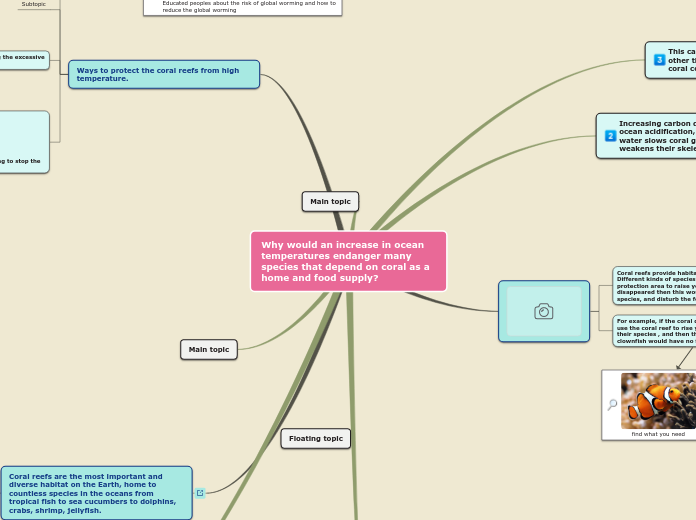by Kate Hoffman 7 years ago
257
Marine Bio
The ocean serves as a complex and dynamic habitat for a multitude of organisms, influenced by various physical and chemical properties. Salinity levels, although variable, create a stable environment for saltwater species.









